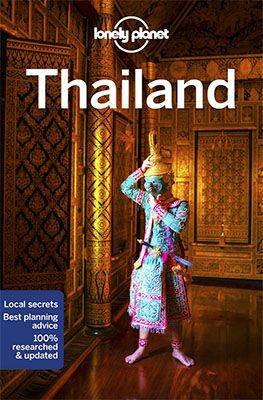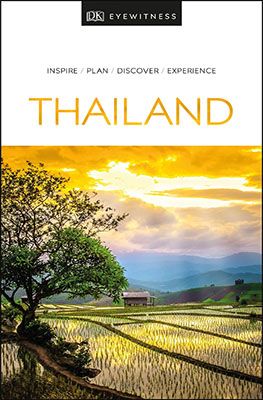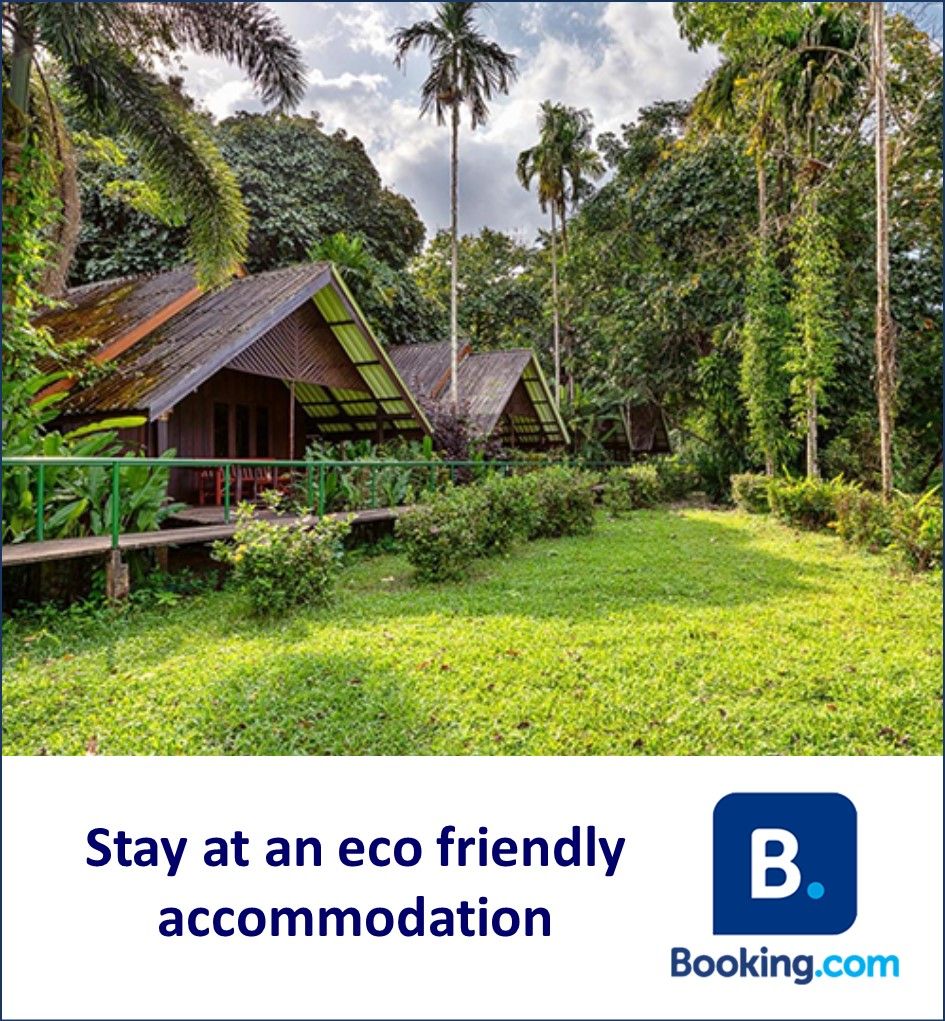Khao Sok National Park is an almost 740-square-kilometre nature reserve in the southwest of Thailand. The park was founded in 1980 and is considered one of the most beautiful nature reserves in Thailand. It consists of a dense, indigenous, ancient rainforest (one of the oldest in the world!). Next, you will find lots of waterfalls, many caves, majestic limestone cliffs and wildlife. There is also a large reservoir with its own island.
Khao Sok has high biodiversity, because during the last ice age the sea level was so low that there was a land bridge between Malaysia and parts of Indonesia. This allowed many animal and plant species to migrate to Thailand. There are now about 200 different plant species per hectare, including one of the largest and most fragrant flowers in the world, the ‘Rafflesia kerrii’. Next, there are also 48 species of mammals, including bears, marbled cats, wild elephants, monkeys, the Malay tapir and even tigers. And there are 311 different species of birds and more than 30 species of bats. In addition there are countless species of reptiles and insects.
The national park is also famous for the karst mountains. The highest mountain is 960 metres high. One of the most interesting areas is perhaps the stunningly beautiful Cheow Lan Lake in the heart of the national park.
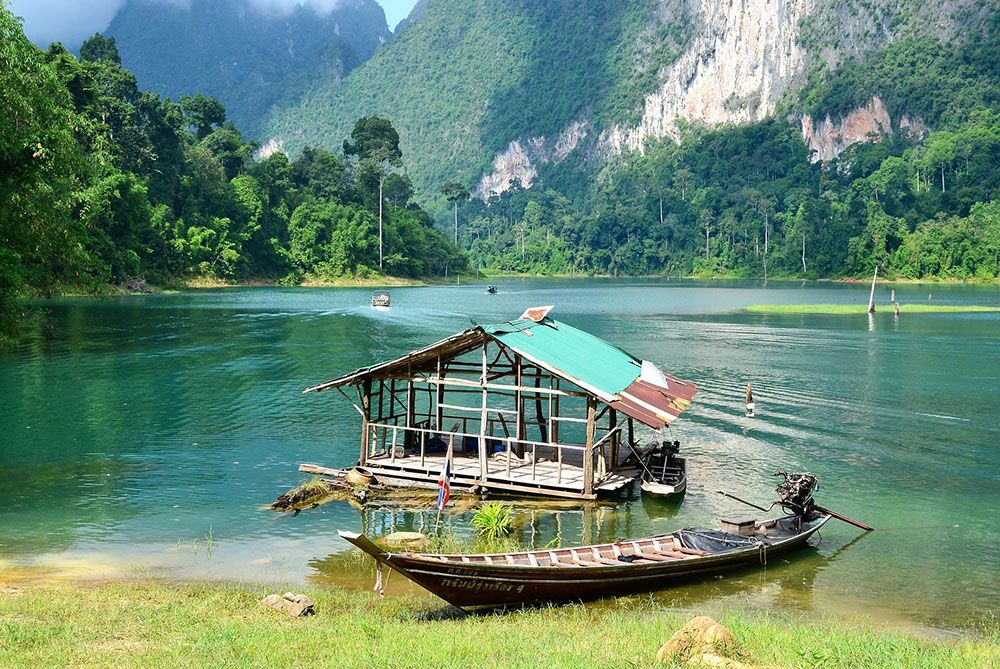
What to see and do in Khao Sok National Park
The park is a fantastic place to spend a few days. You can go on beautiful walks, canoeing, explore caves, go zip-lining and mountain biking.
The advice is to book a trip for the park either in the larger tourist areas such as Phuket, or in the tourist village of Khao Sok. Many of these trips include the necessary guide, drinks, food and/or accommodation. Preferably choose a two-day trip where you can go canoeing, hiking and spend a night on Lake Cheow Lan in any case. Truly an unforgettable experience!
If you prefer not to have an organised trip, you can also go on relatively short walks from the visitor centre, for example to one of the many waterfalls. Unfortunately, some paths in the 160-million-year-old jungle are not well marked and you can easily get lost. Partly for that reason, the use of (official) guides for longer walks of six or seven kilometres (or even longer) is required.
Be prepared for leeches, which are on the ground and in the bushes along the paths. Do not wear sandals or flip flops. Do not try to go alone.
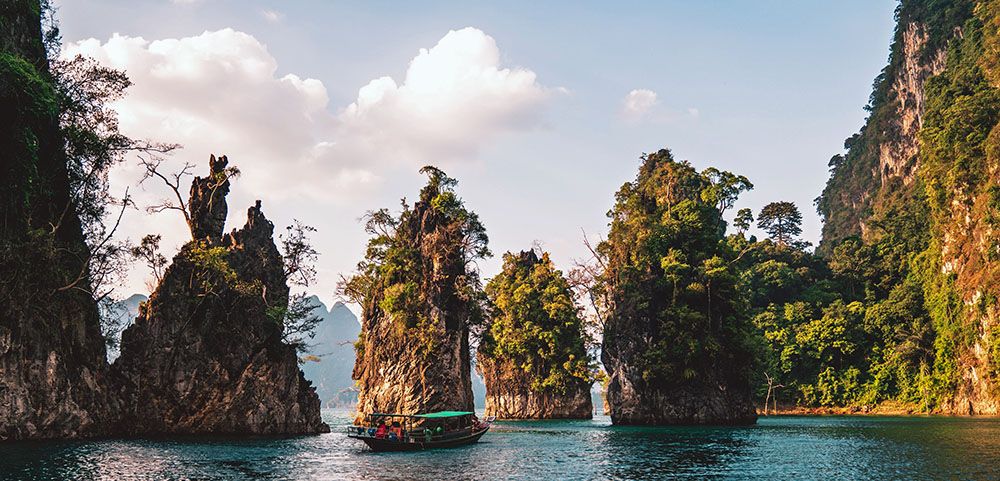
Cheow Lan Lake
The Khao Sok reservoir, also known as the Cheow Lan Lake, is an incredibly beautiful reservoir surrounded by limestone karsts and jungle. The vast lake with its beautiful emerald green water covers an area of 165 square kilometres.
In 1987, the lake was artificially constructed by flooding the valley after the construction of the dam wall. Unfortunately, a lot of animals died as a result. But in the more than thirty years that followed, nature was able to take its course. The lake has become a vital source of water for people and animals with a variety of freshwater fish.
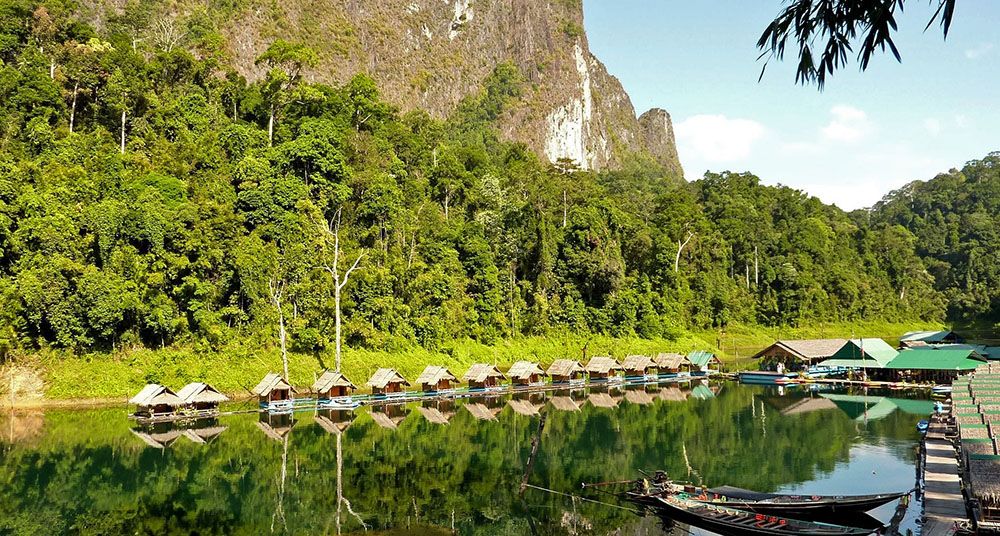
Practical matters for your visit to Khao Sok
Best time to visit Khao Sok
The driest period is from November to April. However, even then there is a lot of rain compared to the rest of Thailand. There’s a reason why it’s a tropical rainforest. In principle, you can go there all year round but our best travel time advice is from January to the end of February as it is just a little less hot and wet. In the wet summer months, however, there is a greater chance that you will encounter some mammal species in the jungle…
How to get there
The easiest way to get to the park is via organised trip. You can book one at your hotel or at a travel agency in Phuket, Khao Lak, Bangkok, Krabi or Surat Thani. Another option is to take the bus from Khao Lak to Surat Thani, or the bus from Surat Thani to Takua Pa. In the vicinity of the national park visitor centre, you will find enough accommodation. Here you can not only spend the night but also – cheaper than in the tourist areas – book a tour through the park.
Transportation in the park
Walking is the main mode of transport in the park. In the tourist village near the park’s visitor centre, you can also rent mountain bikes. Cars and motorcycles are not allowed on the paths to the waterfalls.
Accommodation
In the immediate vicinity of the park’s southern main entrance, you will find many and often fantastic accommodations. You’ll also find floating accommodation on Lake Cheow Lan, ranging from simple huts made of bamboo and reed, to luxurious floating wooden houses. Another perhaps even nicer and more beautiful way to spend the night in the region is in a luxury tent (glamping).

